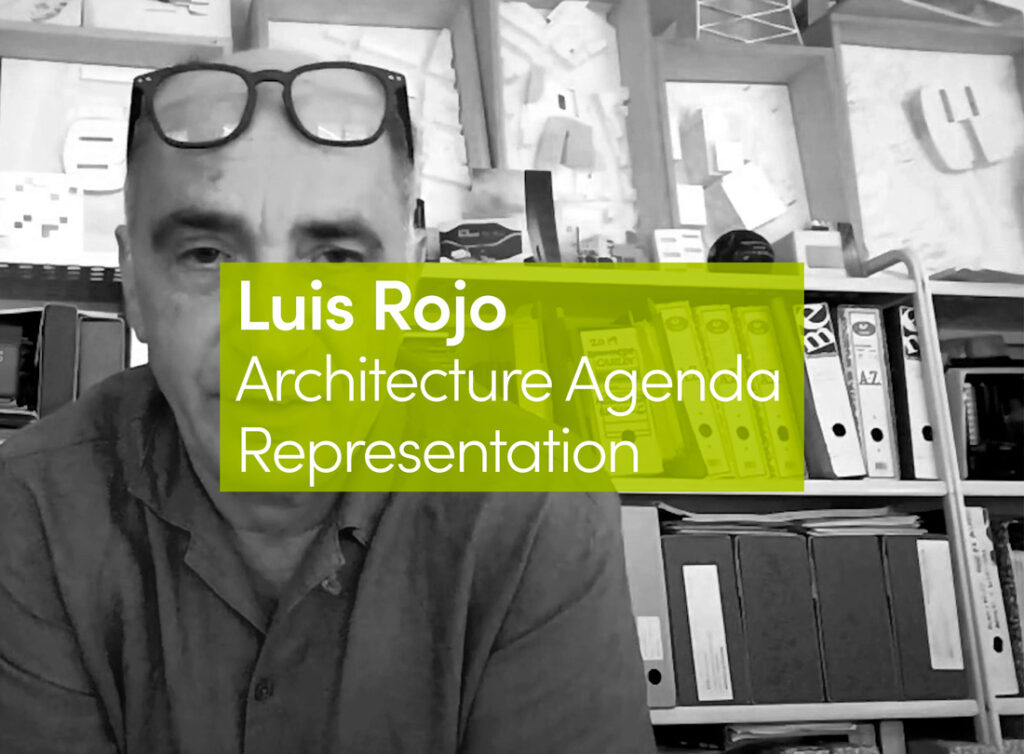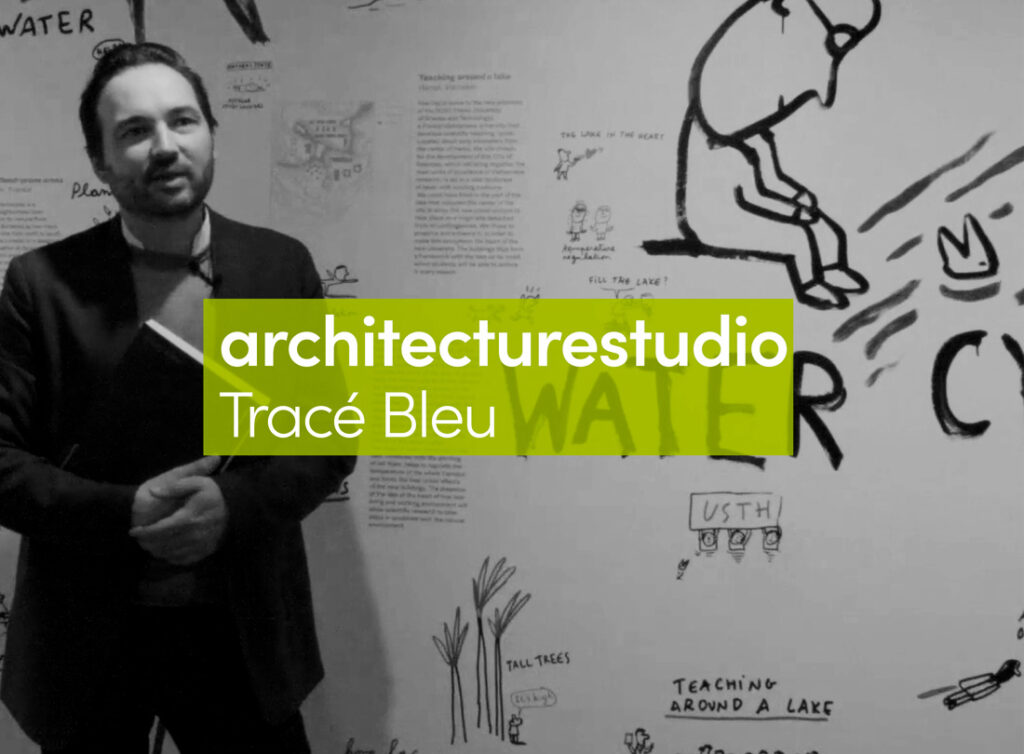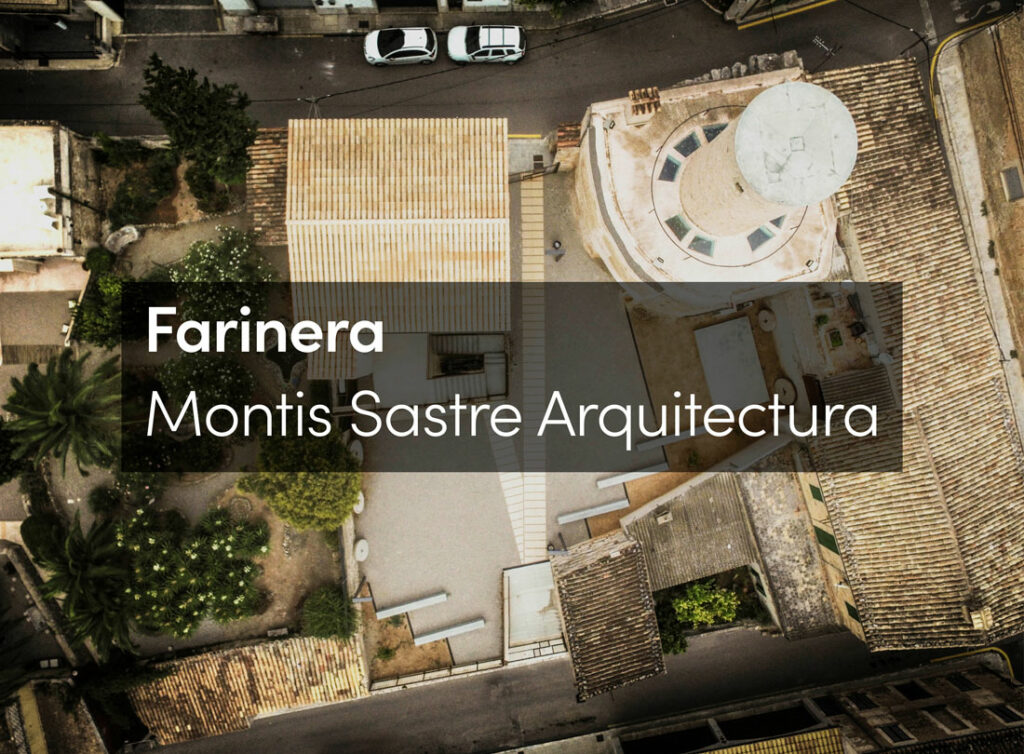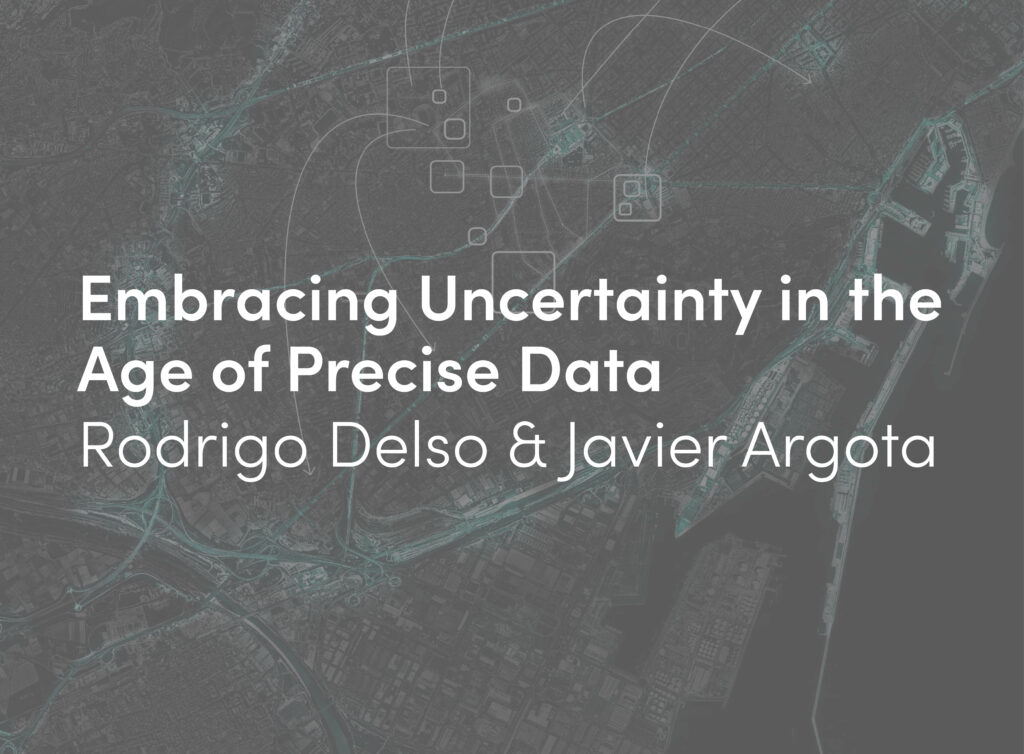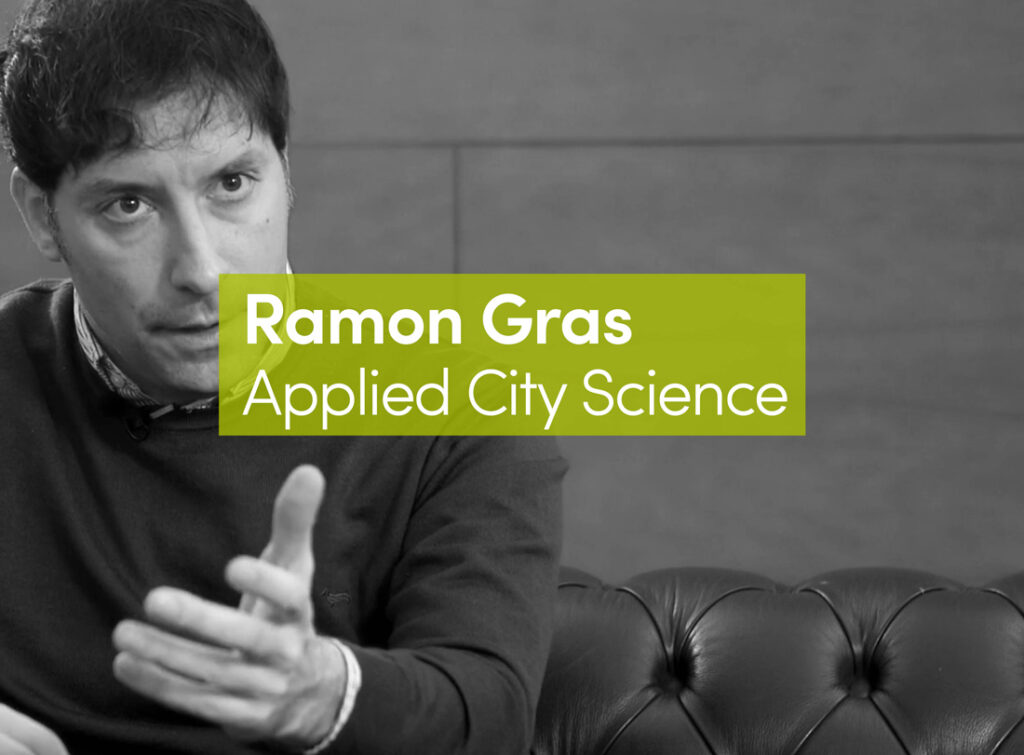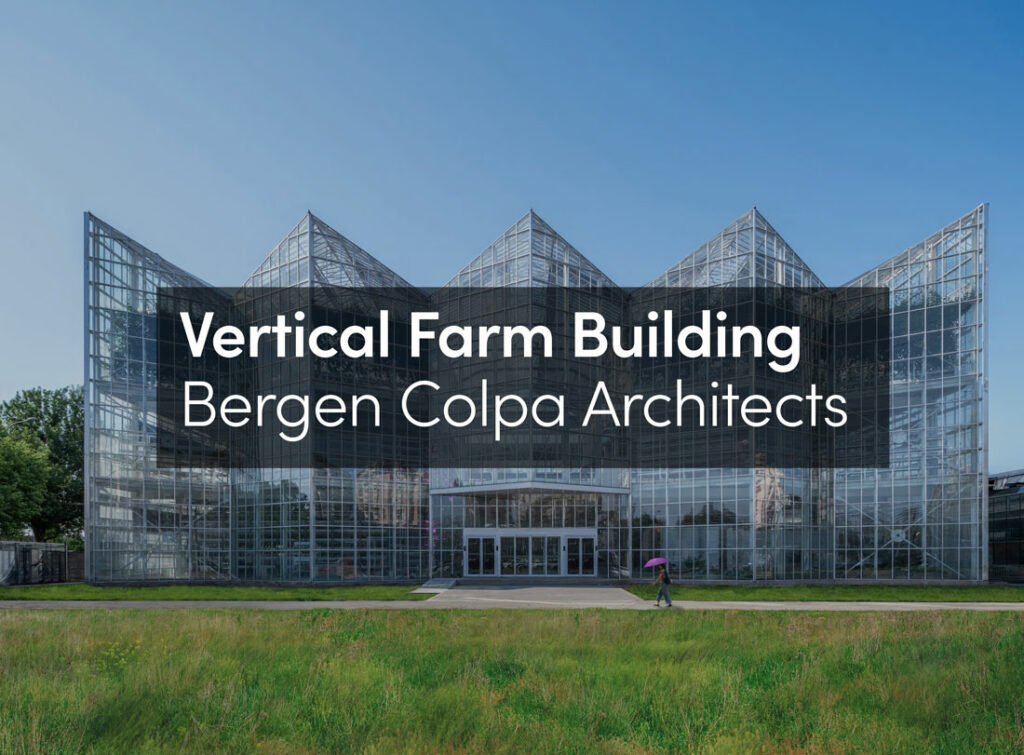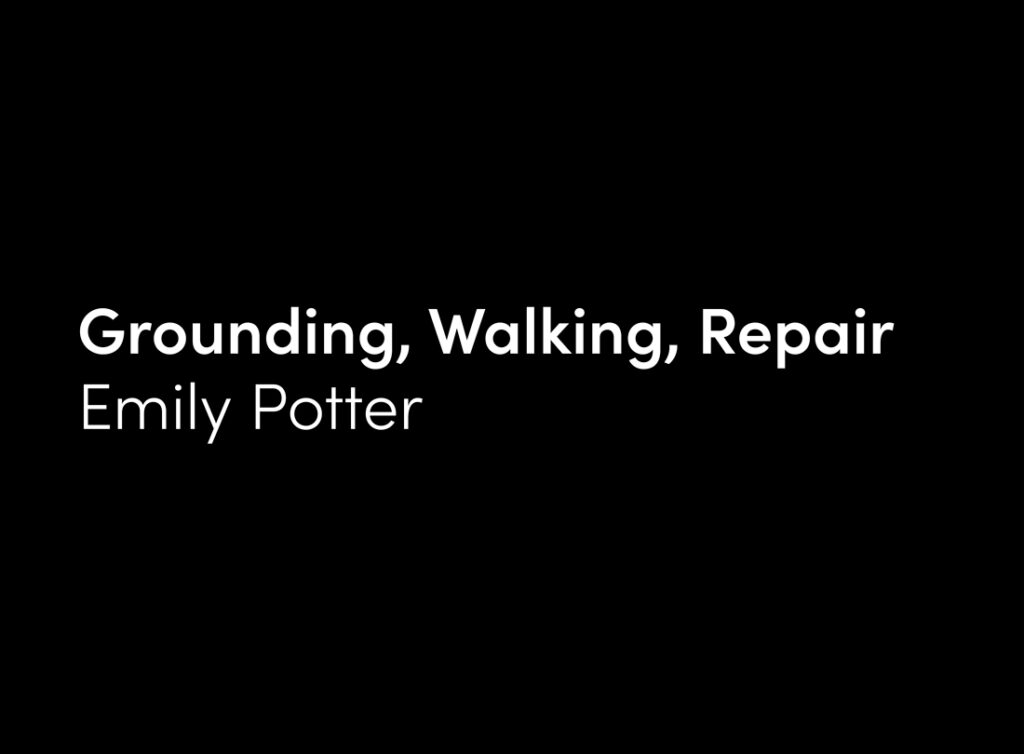In the world of disaster risk reduction and resilience, it is always said that crises should be windows of opportunity; although when we are immersed in one of those crises, as is the case of the current global emergency of COVID- 19, it is really difficult to think this way, especially in slums,[1] now seriously threatened[2] in Africa, Asia and Latin America and the Caribbean.
However, if we go back in time and review other urban global crises, it is possible to see how crisis can come with in-depth urban transformation. In London in 1665 we had the bubonic plague epidemic, and in 1854, the cholera epidemic,[3] which brought with it the first mapping and epidemiological studies and modified the logic of the fabric of cities. The Spanish flu, from 1918, also affected Mexico City and New York, teaching us that in dense and degraded urban areas, populated by people in vulnerable situations, the interconnections and systemic nature of the problem mean that solutions necessarily have to come from a strengthening of the public health system.[4] However, in 2014, with the Ebola crisis, we saw how in Freetown, Conakry or Monrovia, the rural and urban links, the cultural identity and traditions, and the extreme complexity of the interconnections of the urban system, turned these fragile and un-planned cities into a challenge for the international community, which attempted to break the chain of infection and save as many lives as possible.
Now, the coronavirus seriously threatens what are called “informal settlements and slums”, which are home to around one billion people.[5] In these locations, washing hands (no longer with soap, or even with clean water) or being isolated are an impossible objective, without forgetting that, slums by definition[6] lack adequate housing with sufficient living space, basic infrastructure, such as drinking water and / or sanitation, or the security of tenure to prevent against forced evictions.
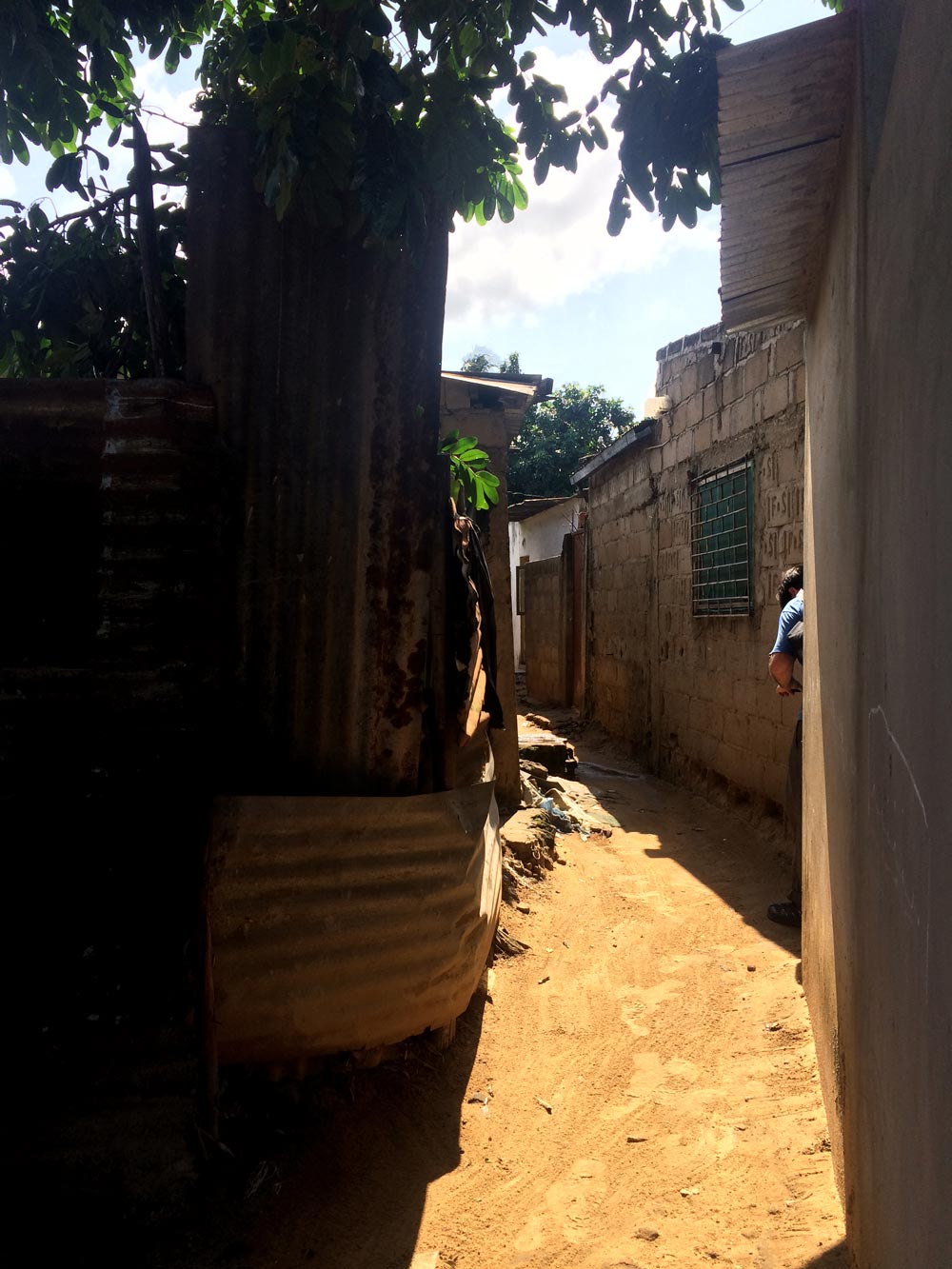 Alleyway in Maputo © Gemma Noguera
Alleyway in Maputo © Gemma Noguera
What can we do to prevent and/or act in slums against COVID 19?
Collecting data to compile information on the context and preparedness
In slums, the lack of data makes any preparedness and / or response intervention an almost unreachable challenge. It is therefore essential, now and in the future, to have, at the very least, data about the population and its dynamics, the built environment and basic infrastructures, the supply chain and logistics systems, and health and care facilities (or urban spaces and buildings that could be turned into them, as we have seen in Madrid).[7] All data related to inclusion and social protection networks and public health, as well as whether or not there is some type of monitoring of communicable diseases within the municipal services, is key to understanding the context and the settlement’s options in the event of a real crisis.
Understanding the city as a basic social service provider
The local government provides many different services to its inhabitants, including energy, water, food and materials supplies, mobility and waste management.
However, according to the UN-Habitat Social Resilience Guide,[8] the city must also offer other services to guarantee the respect and fulfillment of human rights,[9] as well as the humanitarian principles of social protection.[10] In a systemic, connected and interdependent urban reality, access to basic social services assures inhabitants’ basic education, health, social care and nutrition. Municipal public services cover a wide variety of services, provided directly or indirectly by municipalities, including registration systems, cemetery and / or crematorium services, or systems for the follow-up and monitoring of communicable diseases, essential in matters of public health.[11]
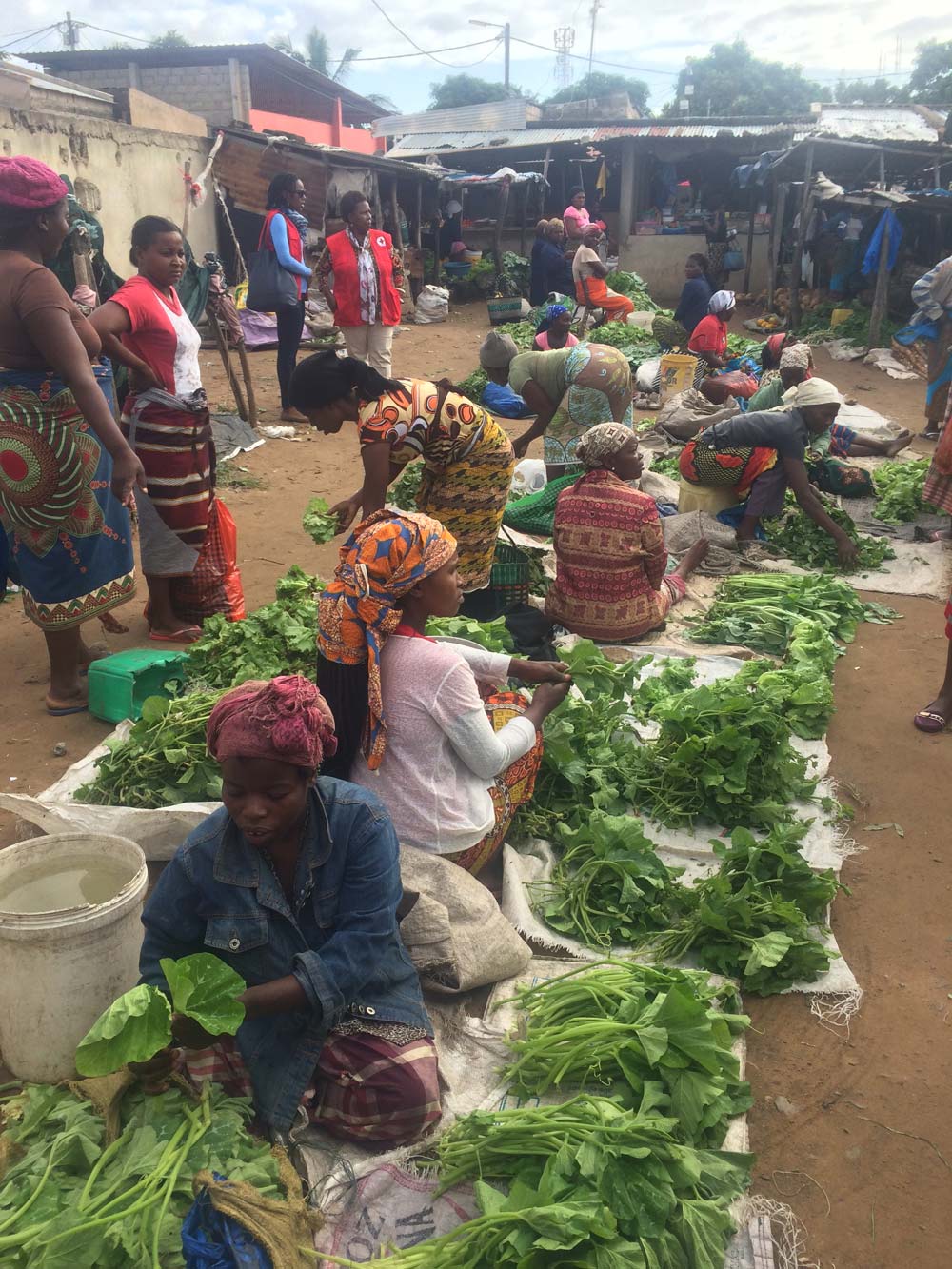 Street Market in Chamanculo, Maputo © Gemma Noguera
Street Market in Chamanculo, Maputo © Gemma Noguera
A window of opportunity: social resilience and the New Urban Agenda
With crises like COVID-19, we are forced to place people at the center of any action and solution, as the 2030 Agenda states,[12] “leaving no one behind”.
The concept of social resilience[13] has to do with social entities and their abilities to tolerate, absorb, confront and adjust to environmental and social threats of various kinds, and it is a necessary community asset that helps during crises. The five pillars of the UN-Habitat New Urban Agenda[14] are now clearer than ever as tools for the radical transformation of slums:
1. National urban solutions: Actions to achieve social resilience in fragile urban environments should be supported by national authorities: certain measures such as economic support to cover rent or mortgages for people who cannot work can only be undertaken by national governments.
2. Local implementation: Local governments must be strengthened, with solid mechanisms, providing predictability and coherence in urban plans to support social inclusion, sustainable development, and environmental protection. Excellent ongoing initiatives should be studied, shared and replicated. The Cities for Global Health collaborative platform,[15] recently constituted, could be a good example of this.
3. Rules and regulations: It is necessary to know, revitalize and integrate the existing legal frameworks, generating new standards when necessary, and optimizing the spatial dimension of the urban form (specifically regarding housing: isolation reveals the precarity of our residential park even without talking about slums and homeless). The Municipalist Declaration of Local Governments for the Right to Housing and the Right to theCity[16] is a clear example of this need.
4. Urban Planning and Design: Urban planning and design are valuable tools that must be nurtured, taught, communicated and disseminated in order to develop public thematic health strategies. These tools give us information about the real possibilities of implementing mobility restrictions and /or safe corridors, as well as the potential to guarantee the food, water and energy supply to people who might be confined and, therefore, without the option to go to work to provide for themselves.
5. Financing of urbanization: The urban economy must be strengthened, as well as municipal finances, increasing credit quality and identifying PPPs (public-private partnerships), as well as investments in public assets and services that aim to improve the lives of people in cities.
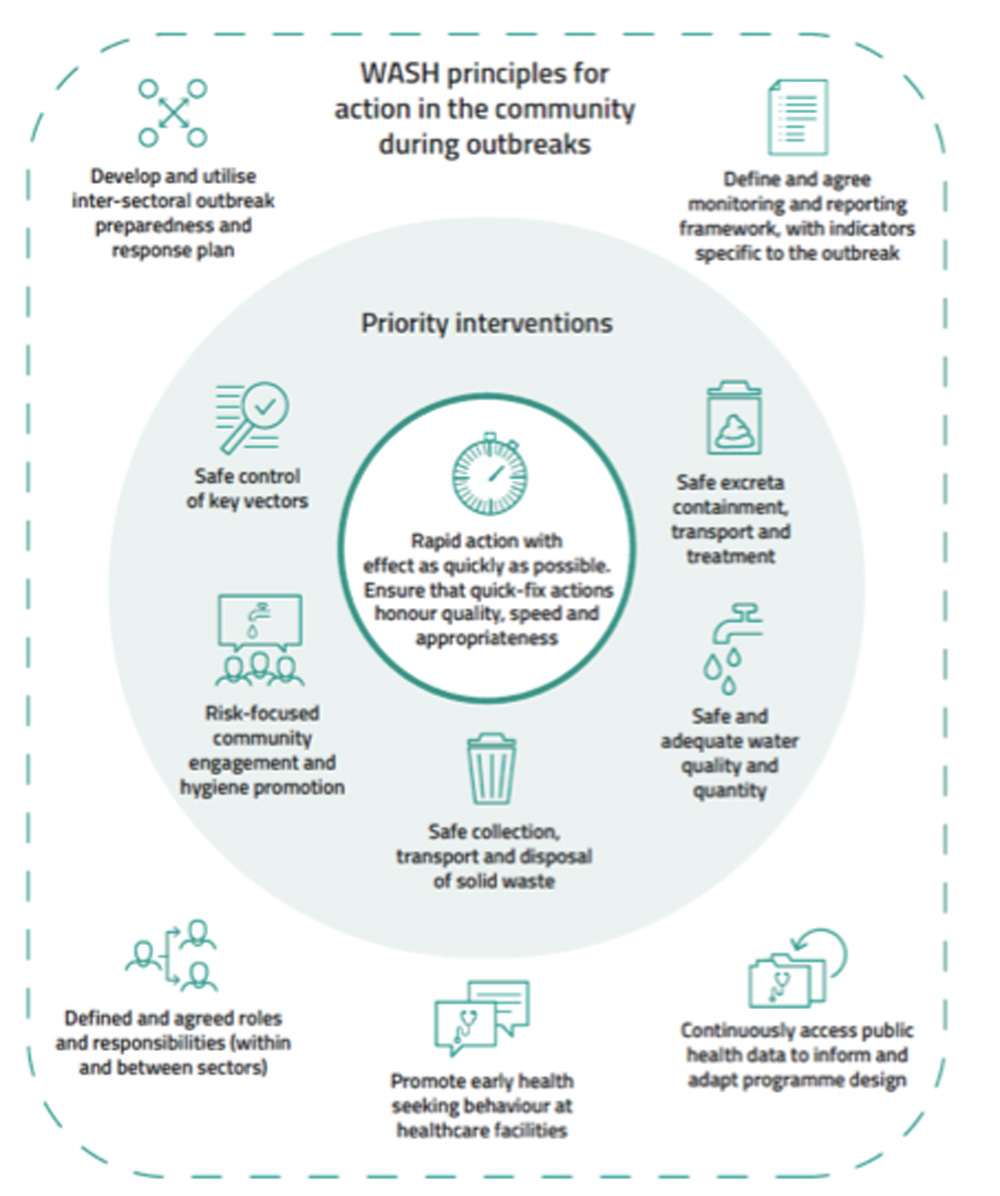 The Sphere Standards and the Coronavirus Response © Sphere Standards, 2020
The Sphere Standards and the Coronavirus Response © Sphere Standards, 2020
Integrated and decentralized response
· Prevention and preparedness: The response must come first with mobilization and awareness campaigns on hygiene and hand washing, counting on the wide traditional health and care support network that people trust.[17] These awareness campaigns should also work in avoiding fake news, easily spread out in the slums, due to the lack of real and trustworthy information.
Vulnerability assessments, early warning systems or standard operational procedures with regards to COVID-19 or other infectious diseases are needed in advance for the city to be prepared.
· Safeguarding coverage and access to health: The slum’s characteristics hinder the stepped response that has been proposed in the cities of the North. Sadly (1), confinement should be considered only for those most vulnerable, which, based on the data available so far, are the elderly and those already sick with chronic coronary and / or respiratory illness, even though (2) the infection will be massive if COVID-19 enters in an informal settlement. Therefore, the urban health system must be well known, strengthened and supplemented in the short term with private services already operating and with humanitarian aid (with all the medical devices needed, as well as field hospitals and health centers with internal partition options).
· Digitization and decentralization of services: As the City Lab has remarked, “Digital infrastructure might be the sanitation of our time.”[18] Since many cities may need support at the same time, the health corps deployed in cities may not be enough. Hence, new technologies must be valued: because while the problem may be planetary, the body of health and first aid personnel, always vocational and committed to emergencies and crises, is also planetary. Therefore, in the face of a virus like this, which is only fatal in a percentage of cases and with a fairly defined target, a digitized network through which all people can have access to updated and personalized information / advice and / or treatment, could be part of the solution. Early detection, traceability and control of cases have already been demonstrated to be the best solution.
In a hypothetical situation of crisis in slums, and in the absence of a resilient public health network, all the deployed medical teams will be almost exclusively dedicated to the Coronavirus. Therefore, many people without the virus, but in need of medical assistance could also be indirect collateral victims if they are not treated. Health coverage for these people must also be guaranteed, as we learned from the Ebola crisis in 2014.
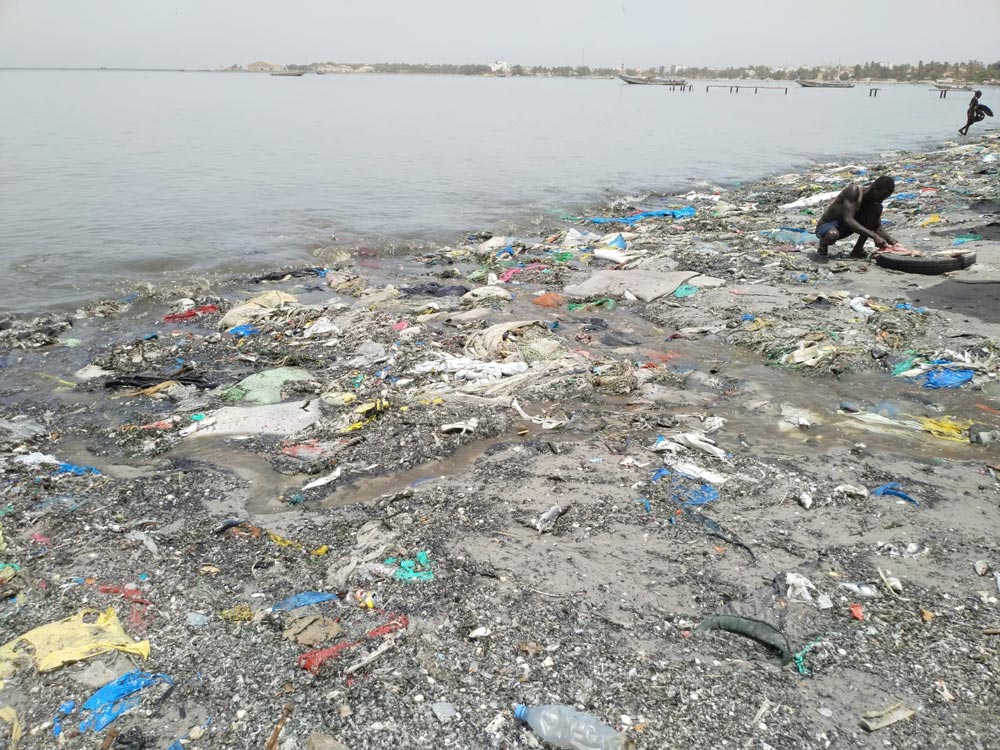 Urban Beach in Dakar © Amaia Celaya
Urban Beach in Dakar © Amaia Celaya
· Better cities for all: On one hand, cities suffer from intrinsic and chronic dysfunctionalities, but with possible technical solutions: it is the lack of financial and technical means that prevents the city from resolving these problems. On the other hand, cities also suffer from external, uncertain threats, that can trigger a real crisis, as we have seen with COVID-19: in these cases, we can only “be prepared”.[19]
As the New Urban Agenda proposes, as inhabitants of an urban area, it is our built environment and the processes and services that surround us, which allow us (or not) to develop all those capacities to which we have a right as human beings. Proper design and planning, as well as updated and adapted urban governance and financing systems are essential to improving the urban habitat we all deserve, no matter the continent on which we live, with Coronavirus or without it.
